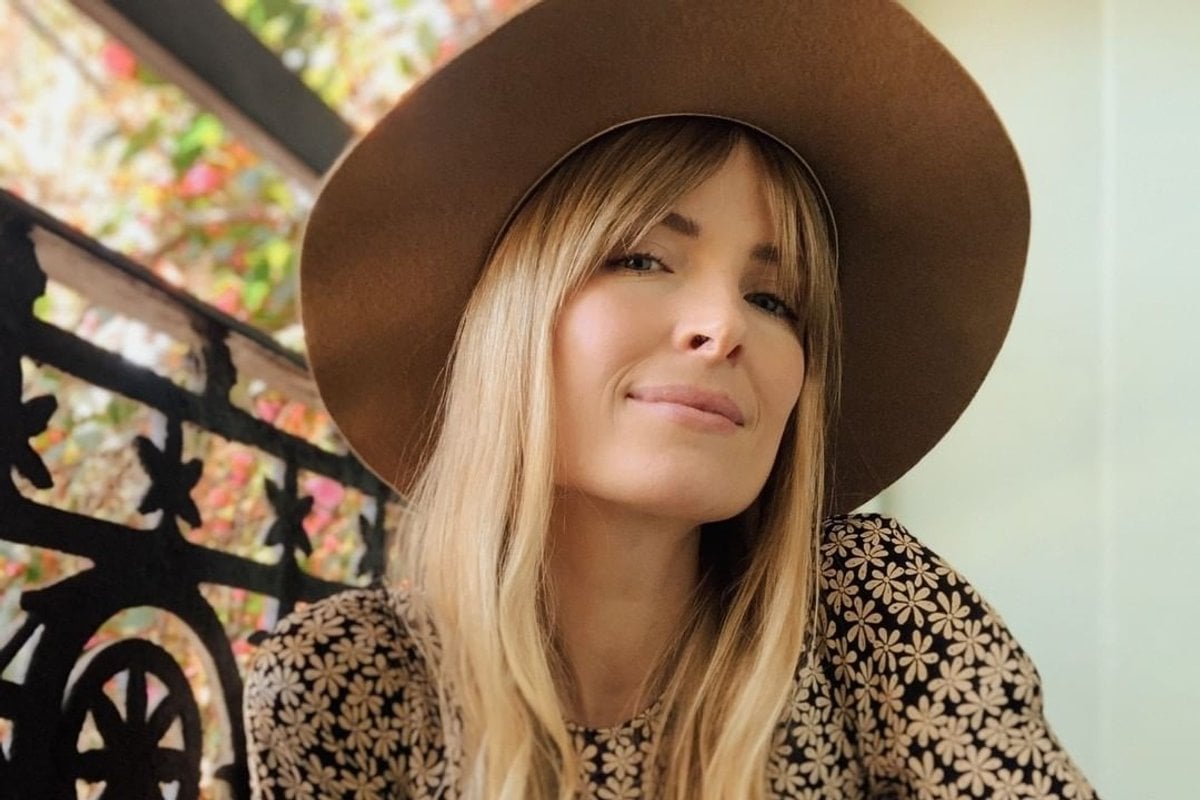
Mia Wilde is the picture perfect Instagram influencer.
The health and wellness influencer, who lives on the doorstep of one of Australia's most beautiful beaches, lives a life filled with acai bowls, activewear, bikini shots, #sponcon, and endless brunch dates.
But Mia Wilde's life isn't as perfect as it seems.
In fact, it isn't even real.
Watch when influencer Natalia Taylor faked Bali holiday in IKEA. Post continues after video.
For the past six months, SBS journalist Calliste Weitenberg and producer Elise Potaka have been carefully crafting a fake influencer persona in an attempt to cash in on the multi-billion dollar influencer marketing industry.
In a four-part investigation on The Feed titled Like, Subscribe, Follow, the pair spent six months building "Mia's" Instagram account to 2,900 followers.
Speaking to Mamamia, Weitenberg explained the experiment was largely inspired by the rapid rise of micro-influencers (social media users who have between 10,000 and 50,000 followers) and nano-influencers (users with less than 10,000 followers).

Top Comments